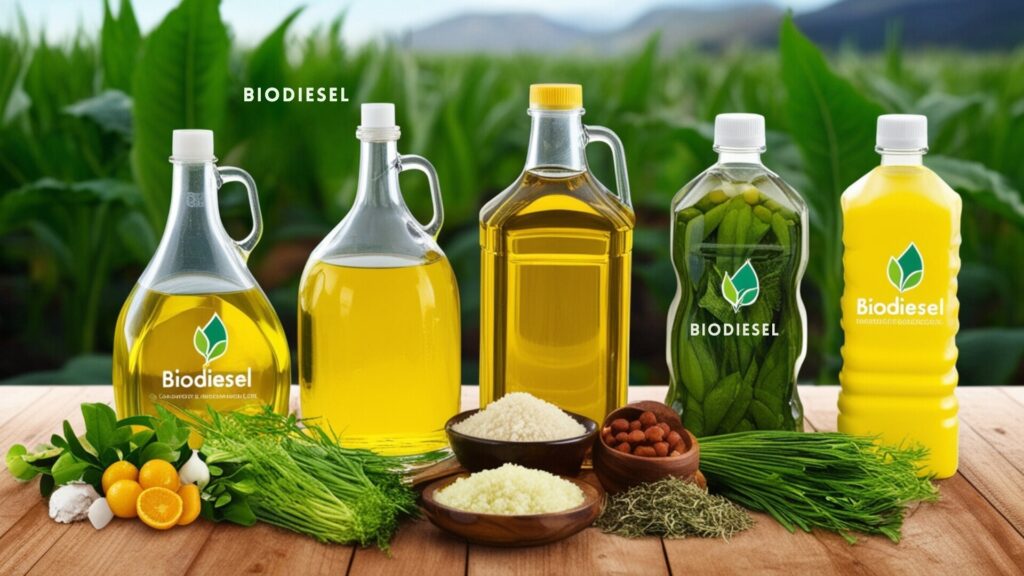Properties of Lubricants | Purposes of Lubrication | Oil Lubricants [2024]
The properties of lubricants An essential properties of lubricants principal function is to prevent friction by forming a boundary layer between two surfaces. Heat should be dissipated from surfaces. Carries impurities to the filters, Defends against oxidation and corrosion, and gears transmissions. Oil Lubricants: Lubricants are chemicals that are used to reduce the force of friction between moving parts of a machine in contact. Lubricant oil composition: Lubricant oil fractions are a complex combination of straight and branched-chain paraffinic, naphthenic aromatic hydrocarbons with boiling temperatures ranging from 302 to 593 degrees Celsius. Some specialty lubricant oils have boiling points ranging from 177 to 815 degrees Celsius. The anticipated use determines […]
![Properties of Lubricants | Purposes of Lubrication | Oil Lubricants [2024] 1 properties-of-lubricants-viscosity](https://blogmech.com/wp-content/uploads/2024/09/01-properties-of-lubricants-viscosity.jpg)
